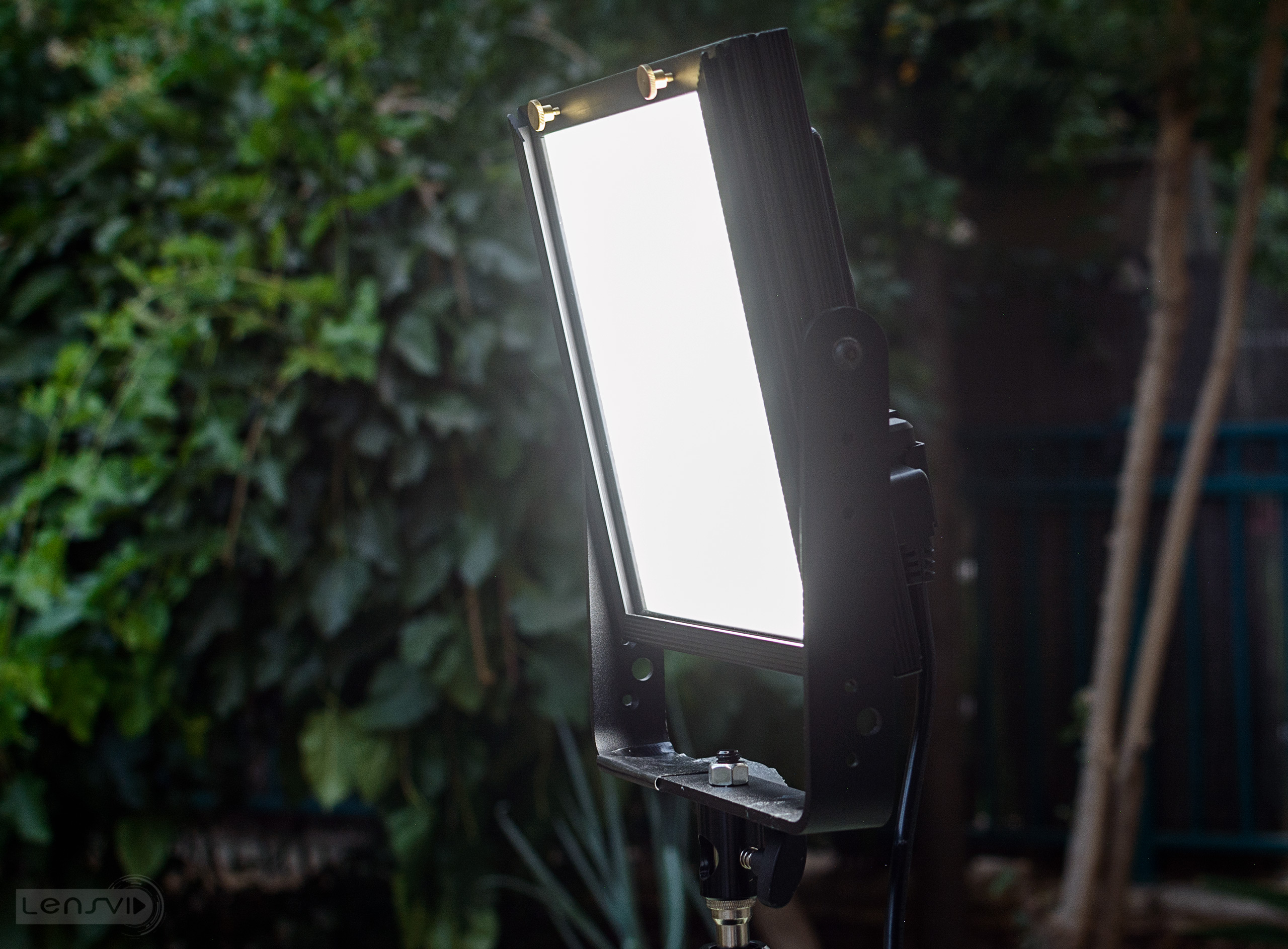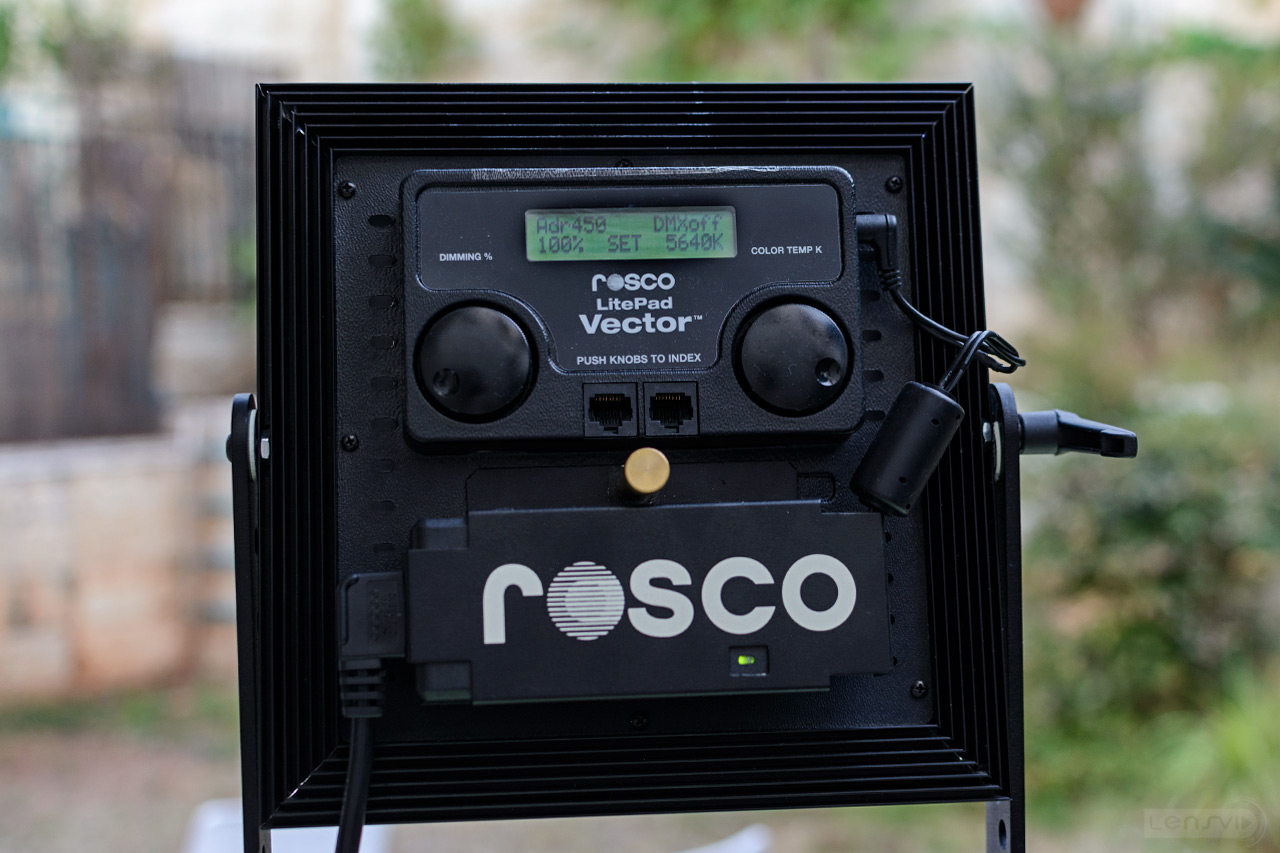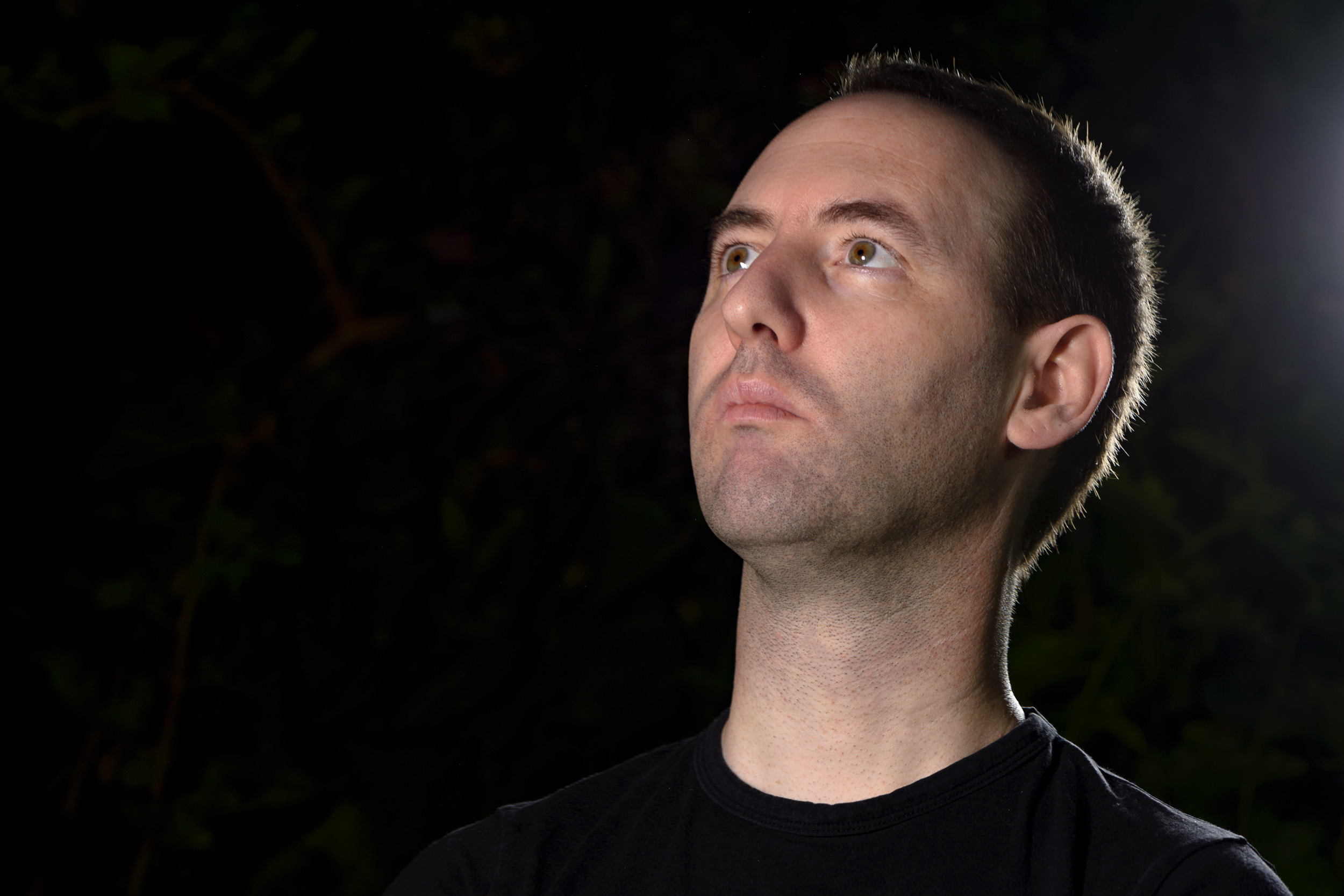Today we are starting a series of larger, more professional LED reviews. After looking at several smaller LEDs over the past year and a half we wanted to look at some more pro lighting gear and the first light in this series is going to be the LitePad Vector by Rosco.
Rosco is a very well known brand to anybody in the lighting, film and even theatre industry. There are one of the oldest company’s around, operating since 1910.
Today the company has a very wide range of products including LEDs, fog and bubble machines, pro color filters, screens and even special paints.
Rosco were kind enough to lend us a kit which includes two LitePad Vector LEDs, two light stands, a bag plus a grid. All of these minus the grid which can be purchased separately, you can buy as a kit. However as I’ll explain in a moment, this review will focus on the LitePad Vector itself and less on the kit.
The reason for this is that although the bag which comes with the kit is a really nice and useful Pelican case (with a hard rear part) the light stands are, in our view at least, inadequate for professional work with LEDs the size and weight of the LitePad Vector.
The Light stands are just too flimsy and poorly designed and although we did use them, they will not be our choice for this task and are not recommended. If you want the LitePad Vector – do yourself a favour – pick up your own heavy duty light stands or better yet – C-stands – they will be a much better solution for these lights.
LitePad Vector – pro robust light by Rosco
With that out of the way, we can take a closer look at some of the specs of the LitePad Vector itself (you can find the full specs here):
- 1500 lux at one meter
- Compact, light-weight form factor: 8″x8″ (200mm x 200mm)
- Weighs under 4.5 lb (2 kg)
- Available in two models: LitePad Vector CCT: tunable white color temperatures ranging from 3000K to 6000K and the LitePad Vector Daylight: fixed color temperature at 6000K.
- Excellent color rendering – up to 93 CRI
- On-board dimming and color temperature controls.
- DMX controllable via RJ45.
- 100-240 VAC power supply.
- Compatible with industry-standard Anton/Bauer or V-Mount battery packs
- Accessory/gel slot on the front of the unit.
Design and build quality
The LitePad Vector has a square design which measures 8 inches (or just over 20cm) by 8 inches. It is passively cooled by heatsinks on the back and most of the unit is made out of metal and is very sturdy.
The design of the LitePad Vector is very simple – you only have two dials – one for light intensity and the other for controlling the color temperature (in the model that we have been testing). Operating them is also very intuitive – you turn the left dial to change the light intensity from 100% and down to 0% and by pushing it you go up or down by 10% increments.
The same goes for the right dial for changing the color temperature which goes from 3000K to 6000K in 100 degree Kelvin increments. Pressing the dial will take you between some pre defined color temperatures which from some strange reason are not exactly the same on our two units.
The dials themselves and the entire dial box are the only plastic parts of the light. Although they do work fine, we would really prefer some better quality metal dials. Other than the dials there isn’t much else on the LitePad Vector – you have two DMX inputs – which we honestly didn’t test but they are nice to have, and the power brick which is attached to the back of the light with a screw.
LitePad Vector – truly indestructible?
[youtube]https://www.youtube.com/watch?v=VD3yZSPgcSQ[/youtube]
You can replace this brick and use either a V-mount battery on the back or an Anton Bauer battery which you will probably need to mount on the side of the light or somewhere else – which actually isn’t super convenient. At any rate we used the power brick and our version worked with 220v which is what we have here in Israel.
Simple control
Finally – the light come with a conventional yoke with a ratchet handle on the side – it is made of metal and works O.K. but locking the light completely can be a bit hard.
Performance
We tested two main things with the LitePad Vector – color accuracy and power in a real world scenario. Both these tests are not true laboratory tests as we didn’t have professional digital light measuring unit which we are hoping to get for some of our future pro light reviews possibly later on this year.
For the color test we shot in daylight without the LitePad Vector and at night with a single light in front of the target at 1 meter or 3 feet at full power and you can see the results below.
Natural light
With the LitePad Vector
We are not 100% pleased with this test as the light intensity between daytime and our test was not even, and it does seem to shift the colors a bit. At any rate we can say one thing about colors with the LitePad Vector – although the numbers stated on the LitePad Vector back panel might not match exactly the actual color the LED produces – we didn’t notice any color cast which is probably more important as you can easily play with the color temperature until you feel that it looks good.
Next we have some examples of the different power levels of the LitePad Vector. You can see how it looks from minimum power to 100% on different targets.
We also tried the grid which you can see us using now – and it can certainly help in some situations where you want less light spill.
A two light setup at night
Working with the light
Over the several weeks that we had with the LitePad Vector we learned a number of things which we are going to share with you:
- First, the LitePad Vector is a powerful light – with anywhere between 1500-1700 lux at 1 meter it is definitely strong enough for most interview type shooting situations and certainly for product photography which was especially true in our experience.
- Although the light is fairly soft at about 1 meter or 3 feet – at closer ranges, if you still want maximum power you might need a little bit of diffusion – in our case we did use simple diffusion paper when shooting food to prevent hot spots.
- To turn the light off you need to either disconnect the power cable or dim the light all the way to 0% – this is a bit annoying and we would much rather have an on/off switch. For this matter, for the price we would also like to see- BT or WIFI control from an app which quite a few much lower priced lights have these days.
- As we mentioned, the light stands that came with the kit are truly horrible – we did use them since we are still waiting for our C-stand, but if we had any other option we would throw them away immediately – they are just bad in every conceivable way – use your own stands (and even an adapted tripod can better in this case).
- When we shot food we felt that we had to play with the color temperature a bit as 5600K didn’t feel right and we found ourselves shooting mostly at around 5000K.
- The only real drawback of the light itself was that we were hearing a strange electronic high pitch noise coming from the power brick. Since we have seen no mention of this in any other review online and since it happened with both our units we look at this as an unexplained anomaly at this point and we are checking this with Rosco and will keep you posted.
Loose the light stands and get decent ones
Conclusion
So what do we think about the LitePad Vector? we have been using a dual setup of LitePad Vector lights for over a month now, mostly for our vegan food channel – Veggiez, but also on occasion for product photography and videography as well as some of the videos here on LensVid and at least one unrelated journalistic assignment.
Apart from mostly minor things that we have mentioned, the lights themselves functioned very well and were very reliable which is highly important for professional work in our view. Although they don’t get extremely hot, keep in mind that for some foods – especially things like ice creams, they might increase the temperature of the immediate area by a few degrees.
The kit that we tried with two lights, two stands and a bag is priced at around $2000 while a single LitePad Vector cost just under $950. In our view this pricing was certainly justified a few years back when there were less products on the market, but in 2016 and with so many strong options in this category to choose from, the light needs to either be updated or drop in price.
At the end of the day the LitePad Vector is a workhouse. It is robust and should last the rigors of professional productions, it will work for countless hours without any issues and it is very simple to operate.
One the downside the LitePad Vector is fairly heavy, has no on/off switch and is certainly not the most inexpensive in its category. Also, as we mentioned a few times in this review, we do not recommend the light stands in the kit – if you want the lights – just get them and use your own stands.
What we liked
- Powerful light.
- Well built.
- Easy to operate.
- Do not get too hot even after long operation.
What can be improved
- No on/off switch.
- Light stands in the kit not sturdy at all.
- Our power bricks emitted strange electronic high-pitch noise (can be an isolated case).
You can check out more LensVid exclusive articles and reviews on the following link.

You can support LensVid by shopping with our affiliate partners
Affiliates: Amazon, B&H, Adorama and E-bay.
Why should you trust us?




